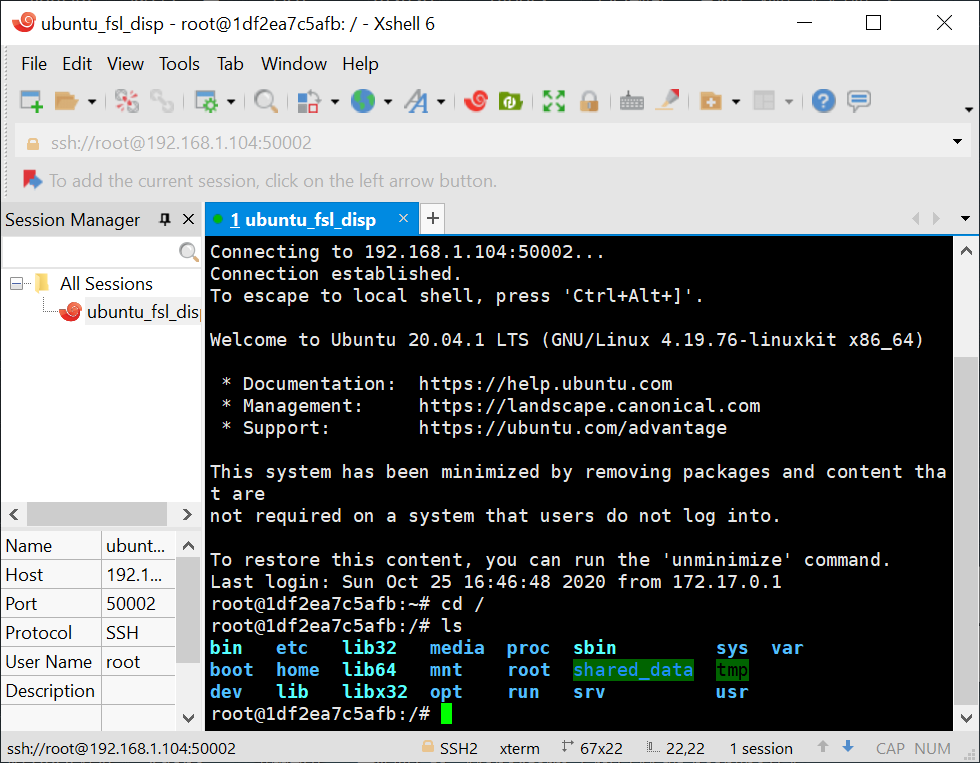


Note that selecting this option is equivalent to setting the property 'om-dns-lookup' to 'false' globally for all connections in nf. If no hostname can be determined in such way, the hostname will be updated to the last one set outside NetworkManager or to 'localhost.localdomain'.ĭhcp: this is similar to 'default', with the difference that after trying to get the DHCP hostname, reverse DNS lookup is not done. I am using Debian Buster and always log in with the system default (Xorg). In case multiple connections have the same priority, connections activated earlier are considered first. Connections are considered in order of increasing value of the hostname.priority property. No protocol specified (gpartedbin:6547): Gtk-WARNING : cannot open display: :0.
#No protocol specified gedit update
An hostname empty or equal to 'localhost', 'localhost6', 'localhost.localdomain' or 'localhost6.localdomain' is considered invalid.ĭefault: NetworkManager will update the hostname with the one provided via DHCP or reverse DNS lookup of the IP address on the connection with the default route or on any connection with the property hostname.only-from-default set to 'false'. If a valid static hostname is set, NetworkManager will skip the update of the hostname despite the value of this option. This parameter will affect only the transient hostname. I still have a permission denied with audio but video is fine (tested on Fedora 22 with SELinux ON).$ find /etc/systemd -type l -exec test -f ' | sort | ĭ | systemĭ | system
#No protocol specified gedit how to
But there is one guy which explain clearly how to activate video hardware acceleration and audio when calling Firefox via sudo. But I quickly found out that calling Firefox via sudo won't allow it to access audio nor the video hardware. PS: I did this in order to launch Firefox in a kind of "jail" (to avoid a vulnerability like for pdf.js in the future). In older times, when people typed xhost + and implicitely allowed everyone to use their X session, it was possible to display application on their screen for pranks -) not so much nowadays as people are less and less using X Window client/server architecture (at least for what I observe in the past 10 yers). The No protocol specified error indicates that 'the user doesnt know how to launch a GUI application' and the 'user doesnt have permissions to launch a GUI application'. X Window is very powerful in this regard and you can display remote applications locally by playing with the DISPLAY environment variable and xhost (but not limited to them). No protocol specified Unable to init server: Could not connect: Connection refused No protocol specified Unable to init server: Could not connect: Connection refused No protocol specified Unable to init server: Could not connect: Connection refused (gedit:3609): Gtk-WARNING : 12:33:16. The si indicates that the rule is server side and it authorise the local user foo to display applications. xhost is a tool to manipulate the list of permissions. Other users do not have this permission unless you specify it. By default once you open a session (you graphically login), you (your user) are obviously allowed to commmunicate with the server and display applications. When you launch an application you request the X server authorisation to display it. If you have become used to using sudo to start GUI programs as root you may have changed the ownership of some of the files in your home which then may cause BIG problems for you and can make it impossible to login as user. xhost si:localuser:fooĪnd that was it, I was then able to launch Firefox (and other X application) using sudo and the user foo.īackground: On X Window, there is a client/server architecture. Re: sudo with gedit and gparted gives errors, but they work without sudo. My solution was to simply add the user foo to the list of authorised access to the X server. no protocol specified & cannot open display) Sadly that command failed with the same error as in the question (i.e. I'm logged in as bar: ~]$ sudo -u foo -H firefox Let's say I want to start firefox using the user account foo. I had the same question as you but for a normal user.


 0 kommentar(er)
0 kommentar(er)
